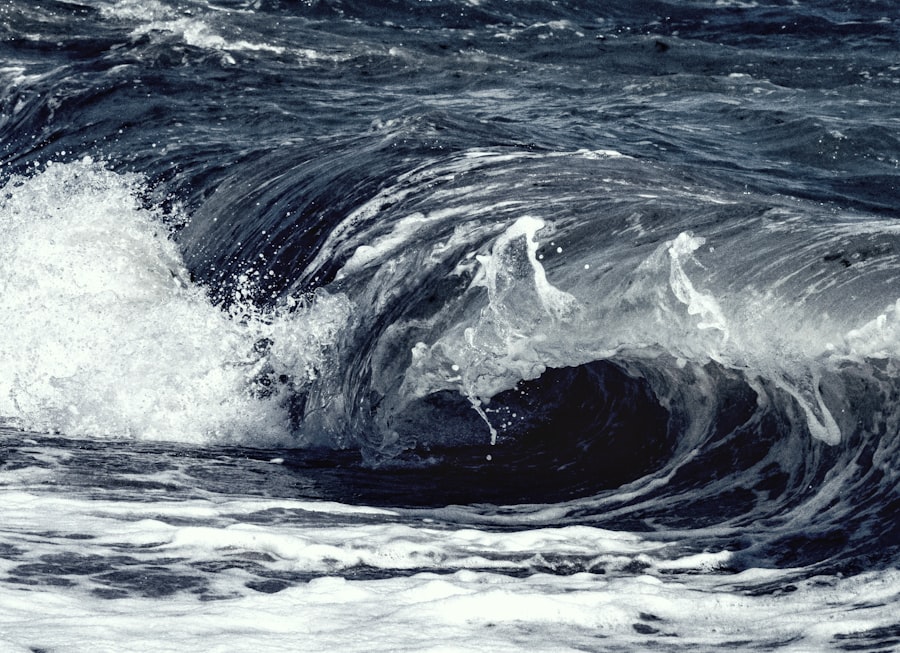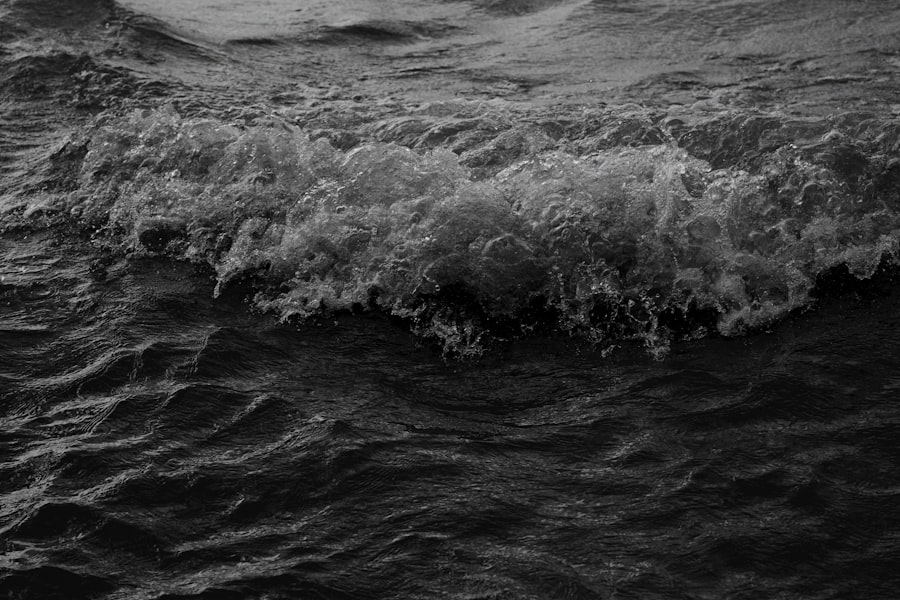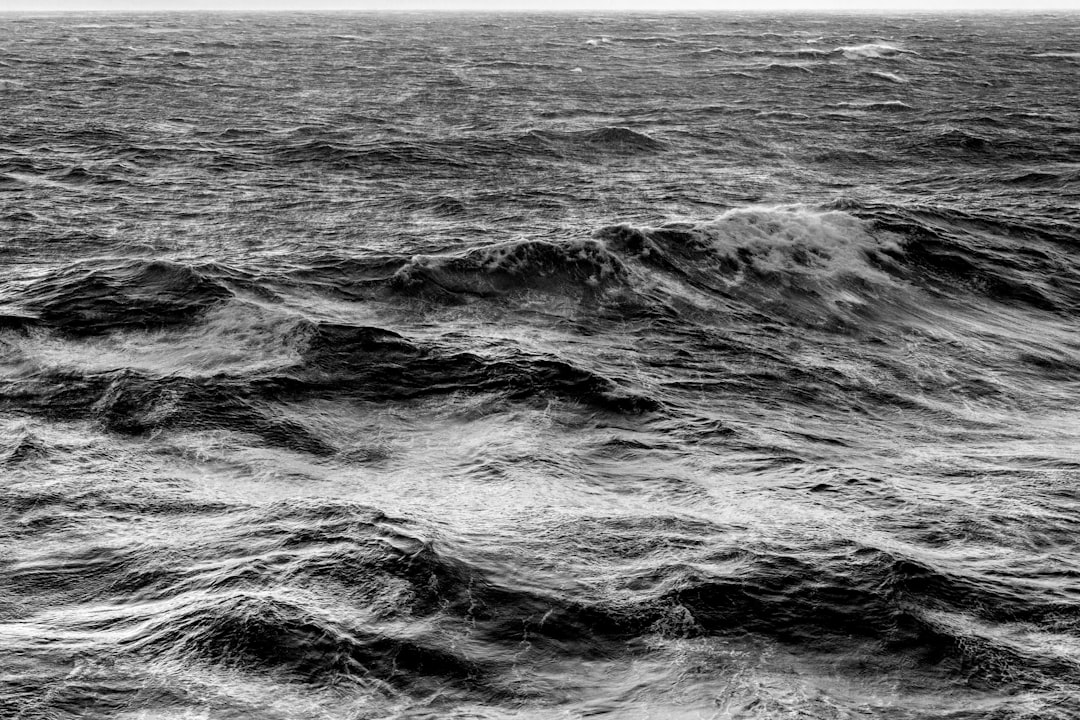The Drake Passage, a body of water that separates South America from Antarctica, is renowned for its tumultuous seas and unpredictable weather. Named after the English explorer Sir Francis Drake, who navigated these waters in the late 16th century, the passage has become synonymous with adventure and peril. It serves as a critical route for vessels traveling between the Atlantic and Pacific Oceans, yet it is also infamous for its challenging conditions.
The Drake Passage is not merely a geographical feature; it embodies the spirit of exploration and the relentless forces of nature that have both fascinated and terrified sailors for centuries. As one of the most notorious maritime routes in the world, the Drake Passage has captured the imagination of adventurers, scientists, and travelers alike. Its reputation for fierce storms and towering waves has led many to regard it as a rite of passage for those seeking to explore the Antarctic region.
The passage is a gateway to one of the last great wildernesses on Earth, drawing tourists and researchers eager to witness its breathtaking landscapes and unique ecosystems. However, the allure of the Drake Passage is tempered by its inherent dangers, making it a subject of both admiration and caution.
Key Takeaways
- The Drake Passage is a notorious stretch of water between South America’s Cape Horn and the South Shetland Islands of Antarctica.
- The passage is known for its treacherous conditions, including strong winds, large waves, and unpredictable weather patterns.
- Navigating the Drake Passage has been a challenge for sailors and explorers throughout history, with many expeditions facing perilous conditions.
- Despite its dangers, the Drake Passage is home to a diverse range of wildlife, including whales, seals, and seabirds.
- Modern navigation techniques and safety precautions have made crossing the Drake Passage a more manageable experience, but it remains a formidable and ever-changing environment.
The Geography of the Drake Passage
Geographically, the Drake Passage is a narrow stretch of water that spans approximately 800 kilometers (500 miles) between Cape Horn at the southern tip of South America and the Antarctic Peninsula. This strategic location makes it a vital conduit for ocean currents, particularly the Antarctic Circumpolar Current, which flows unimpeded around the continent of Antarctica. The passage’s depth varies significantly, with some areas plunging to over 4,000 meters (13,000 feet), creating an underwater landscape that is as dramatic as its surface.
The unique geography of the Drake Passage contributes to its notorious weather patterns. The convergence of cold polar waters from the south and warmer waters from the north creates a volatile environment where storms can develop rapidly. This interplay of oceanic forces results in some of the roughest seas on the planet, characterized by steep waves and sudden squalls.
The passage’s geographical features not only shape its physical characteristics but also influence the marine life that thrives in its waters, making it a fascinating area for both scientific study and adventure.
The History of the Drake Passage

The history of the Drake Passage is steeped in exploration and discovery. Sir Francis Drake was one of the first Europeans to navigate these treacherous waters during his circumnavigation of the globe in 1578. His journey marked a significant moment in maritime history, as it opened up new routes for trade and exploration.
However, it was not until the 19th century that the passage gained prominence as a route for whalers and sealers seeking fortune in the rich waters surrounding Antarctica. Throughout the years, numerous expeditions have ventured into the Drake Passage, each contributing to humanity’s understanding of this formidable region. The passage became a focal point for scientific research in the 20th century, particularly during the International Geophysical Year in 1957-1958 when researchers from around the world studied its oceanography and ecology.
The Perils of Navigating the Drake Passage
| Metrics | Values |
|---|---|
| Distance | 600 miles |
| Width | 800 kilometers |
| Depth | 4,000 meters |
| Wind Speed | 70 mph |
| Wave Height | 30 feet |
Navigating the Drake Passage is not for the faint-hearted; it is often described as one of the most challenging maritime routes in existence. Sailors face a myriad of dangers, including sudden storms that can arise without warning, creating waves that reach heights of up to 30 feet or more. These conditions can lead to capsizing or severe damage to vessels ill-prepared for such ferocity.
The unpredictable nature of the weather makes it essential for mariners to possess not only skill but also an intimate understanding of local conditions. In addition to turbulent seas, navigators must contend with icebergs and floating debris that can pose significant hazards. The presence of icebergs is particularly concerning during certain times of the year when they drift northward from Antarctica.
Collisions with these massive structures can be catastrophic, underscoring the importance of vigilance and advanced navigation techniques. Despite these challenges, many sailors are drawn to the Drake Passage, driven by a sense of adventure and a desire to conquer one of nature’s most formidable challenges.
Wildlife in the Drake Passage
The Drake Passage is not only known for its treacherous waters but also for its rich biodiversity. The nutrient-rich waters support a variety of marine life, making it an essential feeding ground for numerous species. Among the most iconic inhabitants are various species of whales, including humpback whales, orcas, and minke whales, which migrate through these waters in search of food during certain seasons.
Their presence adds an element of wonder to any journey across the passage. In addition to whales, seabirds such as albatrosses and petrels are commonly seen soaring above the waves. These birds are well adapted to life at sea, often traveling vast distances in search of food.
The sight of an albatross gliding effortlessly over turbulent waters is a reminder of nature’s resilience in even the harshest environments. The diverse wildlife found in the Drake Passage not only captivates those who traverse its waters but also highlights the ecological significance of this unique marine ecosystem.
Modern Navigation Techniques in the Drake Passage

With advancements in technology, modern navigation techniques have significantly improved safety and efficiency in traversing the Drake Passage. GPS systems and sophisticated radar technology allow mariners to plot their courses with greater accuracy than ever before. These tools enable sailors to monitor weather patterns in real-time, providing critical information that can help them avoid dangerous conditions.
Moreover, advancements in ship design have led to vessels that are better equipped to handle rough seas. Ice-strengthened hulls and stabilizing systems help mitigate the effects of turbulent waters, allowing ships to navigate more safely through this challenging passage. As technology continues to evolve, so too does humanity’s ability to explore and understand this remarkable region.
The Experience of Crossing the Drake Passage
For many adventurers, crossing the Drake Passage is a rite of passage that embodies the spirit of exploration. The experience can be both exhilarating and daunting; passengers aboard vessels often find themselves at the mercy of nature’s whims as they traverse this notorious stretch of water. The anticipation builds as travelers prepare for their journey, knowing they are about to embark on an adventure that has tested countless sailors before them.
As they sail through the passage, passengers are treated to breathtaking views of rugged coastlines and vast ocean expanses. The thrill of spotting wildlife adds an element of excitement to the journey, with whales breaching and seabirds soaring overhead. However, it is essential for travelers to remain aware of their surroundings; conditions can change rapidly, transforming a serene voyage into a tumultuous experience within moments.
Those who successfully navigate these waters often emerge with stories that will last a lifetime.
Famous Expeditions and Voyages through the Drake Passage
Throughout history, numerous famous expeditions have traversed the Drake Passage, each contributing to our understanding of this remarkable region. One notable expedition was led by Ernest Shackleton during his ill-fated attempt to cross Antarctica in 1914. His ship, the Endurance, became trapped in pack ice, leading to an extraordinary survival story that has captivated audiences for generations.
Another significant voyage was undertaken by Robert Falcon Scott during his quest to reach the South Pole in 1911. Scott’s journey through the Drake Passage was fraught with challenges, yet it paved the way for future explorations and scientific research in Antarctica. These expeditions not only highlight human resilience but also underscore the importance of understanding and respecting one of Earth’s most remote environments.
Climate and Weather in the Drake Passage
The climate within the Drake Passage is characterized by extreme variability, influenced by its geographical location and oceanic currents. The region experiences strong winds and rapidly changing weather patterns that can shift from calm to stormy within hours. This unpredictability poses significant challenges for navigators and travelers alike.
During summer months (November to March), temperatures are relatively milder, making it a popular time for expeditions and tourism. However, even during this period, storms can occur unexpectedly, reminding all who venture into these waters that nature remains an uncontrollable force. Winter months bring harsher conditions with colder temperatures and increased ice presence, further complicating navigation efforts.
Safety Precautions for Navigating the Drake Passage
Given its reputation for perilous conditions, safety precautions are paramount when navigating the Drake Passage. Mariners are advised to conduct thorough weather assessments before embarking on their journeys, utilizing advanced forecasting tools to anticipate potential storms or rough seas. Additionally, vessels should be equipped with emergency supplies and communication devices to ensure safety in case of unforeseen circumstances.
Training and experience play crucial roles in ensuring safe navigation through these treacherous waters. Crew members must be well-versed in emergency protocols and equipped with skills necessary for handling challenging situations at sea. By prioritizing safety measures and adhering to best practices, sailors can mitigate risks associated with traversing this formidable passage.
The Ever-Changing Nature of the Drake Passage
The Drake Passage remains one of Earth’s most enigmatic maritime routes—a place where adventure meets danger amidst breathtaking natural beauty. Its geography shapes not only its physical characteristics but also influences human exploration and scientific discovery. As technology continues to advance, humanity’s ability to navigate these waters improves; however, respect for nature’s power remains essential.
The passage serves as a reminder of both human resilience and vulnerability in the face of nature’s forces. Each crossing tells a story—of triumphs over adversity, encounters with wildlife, and moments that inspire awe amidst chaos. As explorers continue to venture into this remarkable region, they carry with them a legacy forged by those who dared to navigate its unpredictable waters before them—a testament to humanity’s enduring spirit of exploration amidst an ever-changing world.
If you’re fascinated by the mesmerizing power of ocean waves, particularly those in the Drake Passage, you might find the article on MyGeoQuest intriguing. The Drake Passage is notorious for its turbulent waters, and the waves there are a sight to behold. For more insights into this natural phenomenon, you can explore a related article on the MyGeoQuest website. This article delves into the geographical and meteorological factors that contribute to the formidable waves in this region. To learn more, check out the article by visiting this link.
WATCH NOW! Drake Passage: Earth’s Deadliest Waters Revealed
FAQs
What is the Drake Passage?
The Drake Passage is the body of water between the southern tip of South America and the northern tip of the Antarctic Peninsula. It is known for its rough seas and strong winds.
What are Drake Passage waves?
Drake Passage waves are large and powerful waves that are characteristic of the area. They are often caused by strong winds and the convergence of different ocean currents.
What is a GIF?
A GIF is a type of image file that can contain multiple frames, creating a short, looping animation. It stands for Graphics Interchange Format.
What does the Drake Passage waves GIF show?
The Drake Passage waves GIF likely shows the powerful and turbulent waves that are common in the area. It may capture the dramatic and intense nature of the waves in this region.
Are Drake Passage waves dangerous?
Yes, Drake Passage waves can be dangerous, especially for smaller vessels. The combination of strong winds and powerful waves can create hazardous conditions for navigation.
